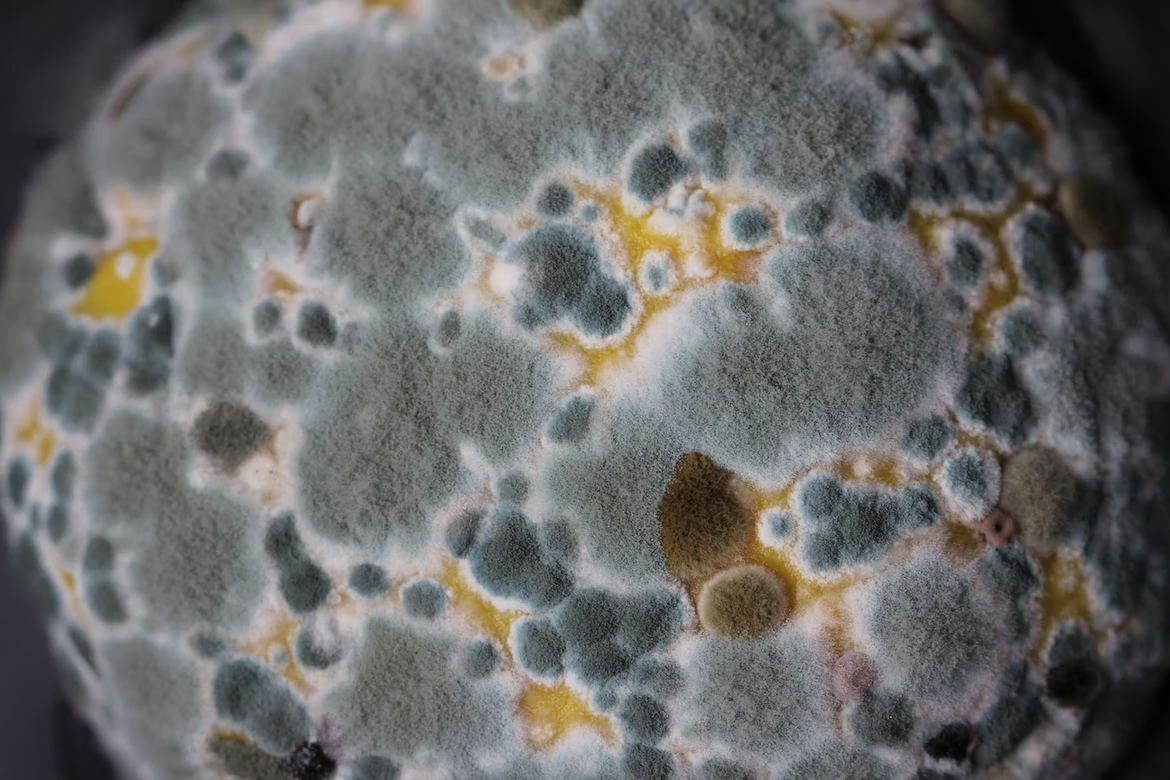Mold is a fungus that thrives in moist and dark environments. Air ducts are ideal for mold growth because they provide abundant moisture and darkness. The ductwork in your house can be significantly more extensive than it needs to be. It means that there are extra nooks and crannies in which mould can grow.
You can do several things to prevent mould from forming in your air ducts.
The first is to keep the ducts as clean as possible. The second step is ensuring your AC unit is not oversized for your home. Thirdly, you need to ensure that you use proper ventilation when cooking or showering. These are all pretty simple steps that will help prevent mould growth in your air ducts. Mould is a common problem that many homeowners have to deal with. It is challenging to get rid of once it has taken hold. However, it can be prevented before it has a chance to spread. Owners can avoid dealing with this irritating problem by taking a few simple precautions.
Contact us for Mold Air Duct Cleaning in Duluth.
What Does The HVAC Technician Do To Clean The Air Ducts And Dryer Vents?
Most HVAC technicians will inspect your home’s heating and cooling system to ensure it functions correctly. They will check for leaks in the air ducts and seal them up if any are present. They will also periodically clean out the dryer vent to remove the lint that may have accumulated over time. If the dryer vent is filthy, they may recommend that the homeowner have a new dryer installed with a new vented system.
A properly working HVAC system is essential to keeping your home comfortable. It helps to ensure that your air conditioner and heater are working efficiently. Additionally, it ensures that they don’t put too much strain on the electricity in your home. Moreover, keeping your HVAC system in good working order is essential to avoid damaging it. Therefore, keeping your dryer vents clean and free of lint is also essential if you want to keep them operating efficiently.
Reasons For Mold Formation:
Although poor air quality is often attributed to outdoor air pollution. However, indoor air can also be problematic due to poor ventilation or the circulation of stale air. These are two of the main reasons that can accumulate inside your home. It can lead to various health complications for you and your family. Inadequate ventilation can lead to moisture buildup in your walls. This buildup can cause mould, mildew growth, and structural damage to your home. The problem will only worsen if left untreated, leading to a more significant issue. As a result, it will require you to spend even more money to restore your home to its original condition.
How To Prevent Mold Formation
Studies have shown that many illnesses are caused by exposure to certain mould spores. Therefore, it’s essential to prevent mould from growing in your home. Here are a few of the ways that you can prevent mould from accumulating in your home:
- Maintain good air circulation in the home to keep moisture levels down and prevent condensation on the walls or ceiling. Install a dehumidifier to keep humidity levels under control and prevent the growth of mould. Ensure that your windows and doors are correctly sealed to prevent outside moisture from getting inside. Check for leaky pipes and get them repaired immediately if they appear damaged. Cleaning up water damage promptly will help prevent mould growth.
- HVAC systems should be inspected regularly to ensure that they are working correctly. Also, check that there are no signs of damage or wear and tear. This helps prevent problems such as leaks in the ductwork or loss of coolant in the system that could lead to mould development or structural problems.
- Dryer vents should also be kept clean to ensure that the hot air produced by the dryer is vented correctly. It also helps the dryer vent not to become trapped within the system, causing damage to the walls and floor of your home. Lint is highly flammable and can cause a devastating fire if not removed regularly.
- Poor indoor air quality is among the most common causes of allergies and asthma in children today. Mould, dust mites, pet dander and other allergens can trigger an immune response in the body. Therefore, it may lead to congestion and irritation of the airways. These symptoms are often mistaken for a cold or the flu. However, they can be much more severe and should be taken seriously.
Preventive measures for Mold formation
Mould is a fungus that can grow on virtually any type of organic material as long as the conditions are right. To grow, mould needs moisture and a food source, usually found in damp areas, such as bathrooms, basements and kitchens.
Read Also : How to clean in dryer vent yourself? – Complete Guide
Left unchecked, it can cause serious health problems such as respiratory issues, allergic reactions and chronic fatigue. However, it is possible to eliminate mould from your home and reduce the presence of other allergens by following a few simple steps.
There are several things that you can do to reduce the presence of mould in your home. It is an excellent idea to reduce your level of indoor humidity as this can prevent mould growth. You can do this by opening the windows to allow fresh air to circulate in the house. Make sure to use the air conditioning only when necessary. It is also essential to thoroughly clean your home regularly to remove dust, dirt and debris traces. All of it can provide mould as a food source if you cannot thoroughly clean your home. You may also consider hiring a professional cleaning service to do it on your behalf.
It may be helpful to research the available cleaning options to determine which would suit your needs best. You can also take steps to reduce the moisture level in your home by using a dehumidifier or a ventilation fan to dry it out after a wet day.
You Can Also Read : By 2033, Elon Musk’s Tesla and its AI will be Smarter than Humans


